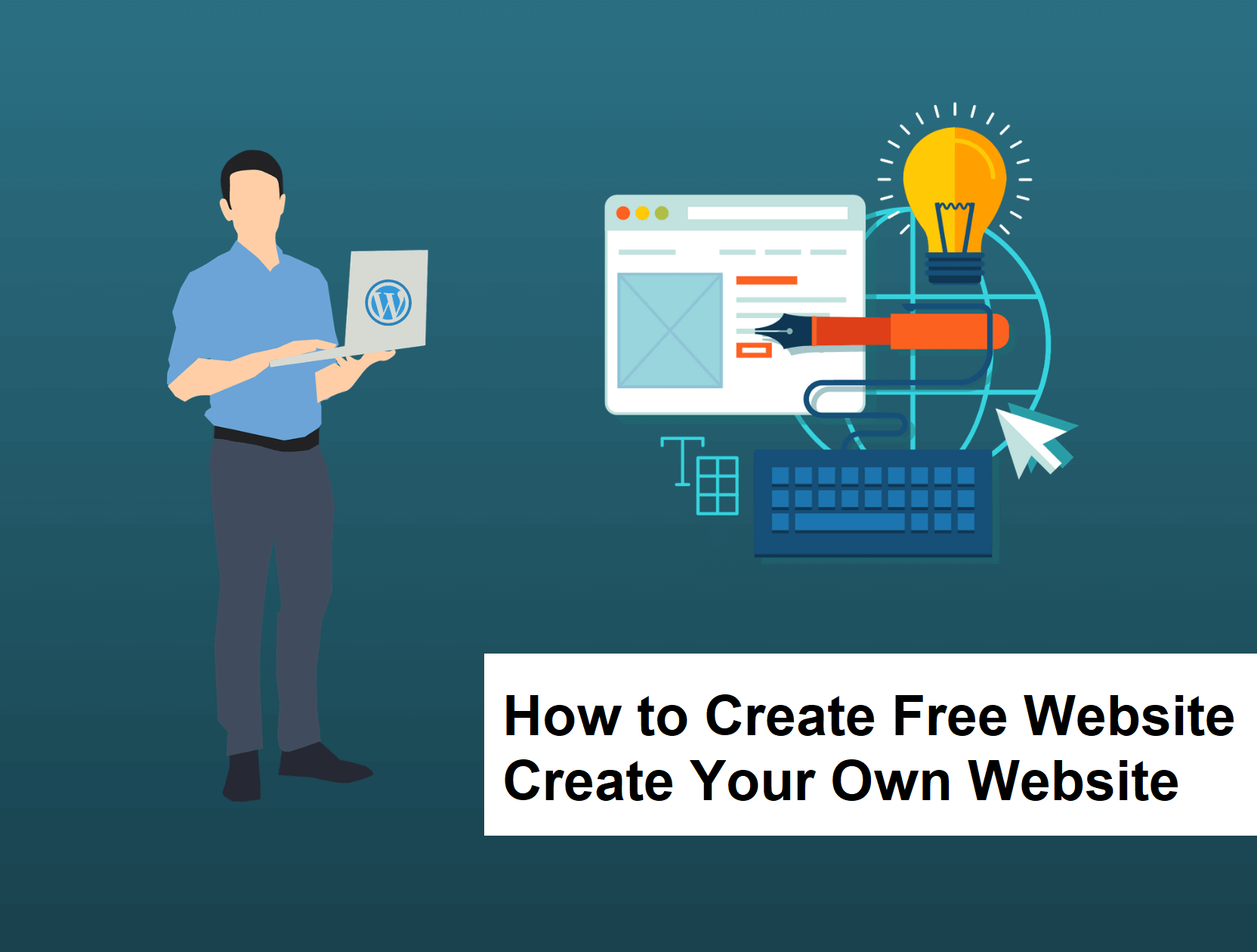How to create free website? Ready to launch in minutes, Easy-To-Use Builders, Modern templates with no technical knowledge required. lets you make your own website.
Steps to Create a Free Website.
Creating a free website involves several steps Here’s a simplified guide to help you get started:
1. Decide on a website platform: There are various free website builders available, such as WordPress.com, Wix, Weebly, and Google Sites. Choose the platform that suits your needs and preferences.
- Wix: Wix offers a user-friendly drag-and-drop interface and a wide range of customizable templates.
- WordPress.com: WordPress.com is a free platform that allows you to create a website or blog with a variety of customizable themes and plugins.
- Weebly: Weebly provides an easy-to-use interface with drag-and-drop features and customizable templates.
- Jimdo: Jimdo offers a simple and intuitive website builder with a selection of templates and customizable elements.
- SITE123: SITE123 provides a straightforward website builder with pre-made templates and easy-to-use customization options.
- Webnode: Webnode offers a simple and user-friendly website builder with various templates and customization options.
- Google Sites: Google Sites is a free website builder that allows you to create a simple website using Google’s interface and customizable templates.
- Strikingly: Strikingly is a website builder and hosting platform that allows users to create beautiful, mobile-friendly websites with ease.
- Mozello: Mozello is a website builder that allows users to create and customize their own websites easily, without the need for coding or technical skills.
- Carrd: Carrd is an online platform that allows users to create simple and elegant one-page websites. It is a popular choice for creating personal portfolios, landing pages, business websites, and online resumes. Carrd offers a user-friendly interface with drag-and-drop functionality, making it easy for users to design and customize their websites. It provides a variety of pre-designed templates and elements, such as text blocks, images, galleries, contact forms, and social media icons, allowing users to create a professional-looking website without any coding knowledge.
2. Sign up:
Go to the chosen website builder’s homepage and sign up for a free account. Some platforms may require you to provide your email address and create a username and password.
3. Choose a template: Browse through the templates offered by the website builder and select one that aligns with the look and feel you want for your website. Remember that you can customize and change templates later.
4. Customize your website: Once you select the template, you can edit and customize it according to your needs. Add your own text, images, and any other elements you want. Most website builders provide a drag-and-drop interface that makes customization easy.
5. Create pages: Decide on the pages you want to include on your website, such as Home, About, Services, Contact, etc. Use the website builder’s tools to add new pages and arrange them in the desired order.
6. Customize the domain name: Most free website builders give you a subdomain (e.g., yoursite.wix.com) instead of a custom domain. However, you might have the option to purchase a custom domain or link an existing domain to your free website.
7. Optimize for search engines: Add relevant keywords, meta descriptions, and title tags to your website’s content to improve its visibility on search engines.
8. Finalize and publish: Review your website, proofread content, and make any necessary adjustments. Once you’re satisfied with the look and functionality, hit the “Publish” or “Go Live” button to make your website accessible to the public.
Remember that free website builders often come with limitations, such as ads displayed on your site or limited storage space. If you require advanced features or greater customization freedom, you may want to consider upgrading to a paid plan or exploring alternative options.



